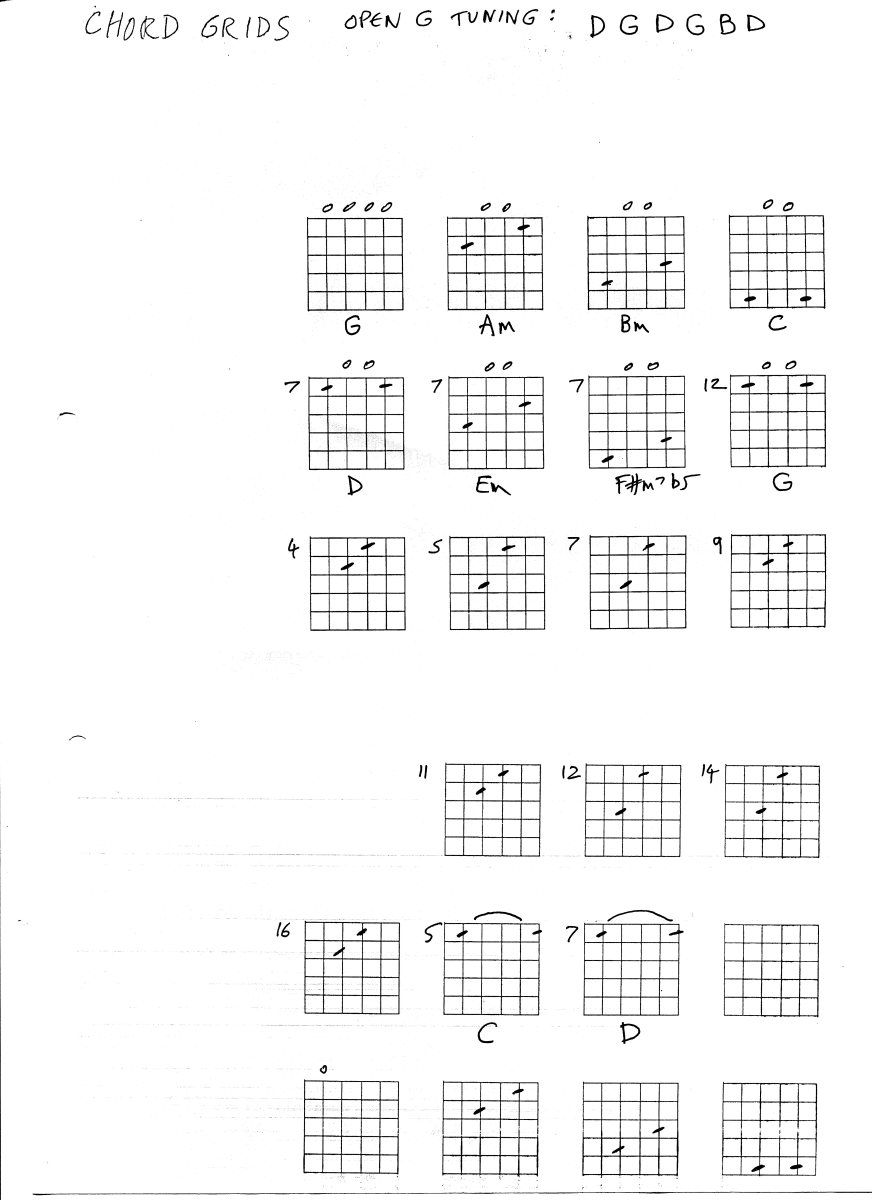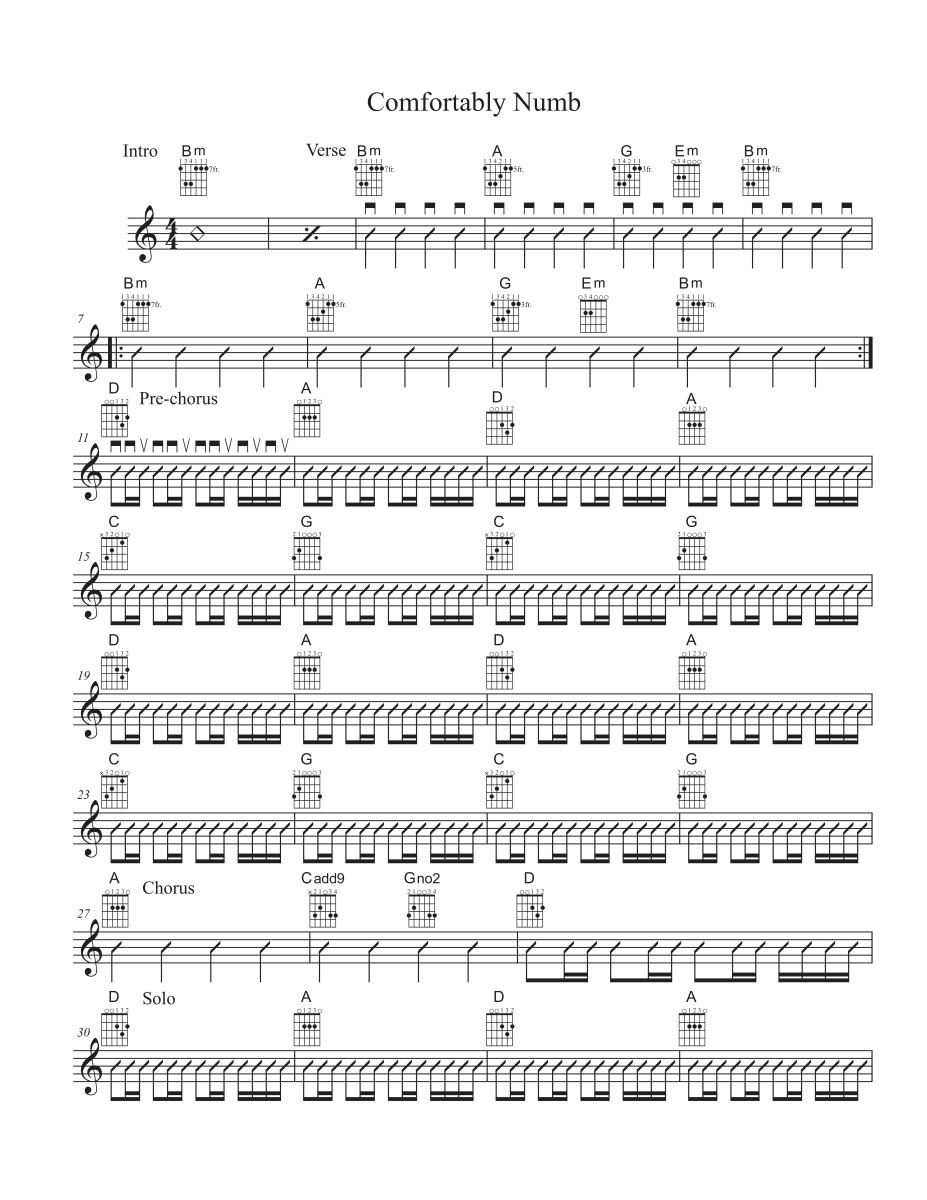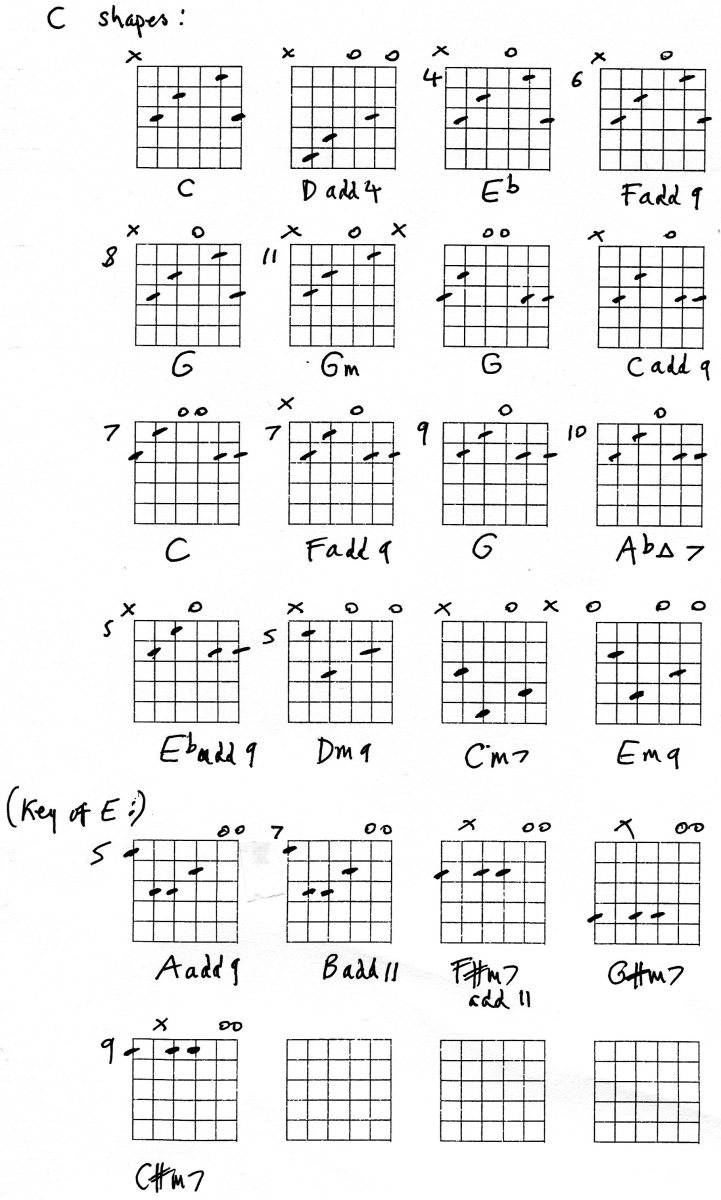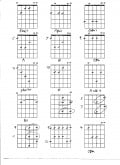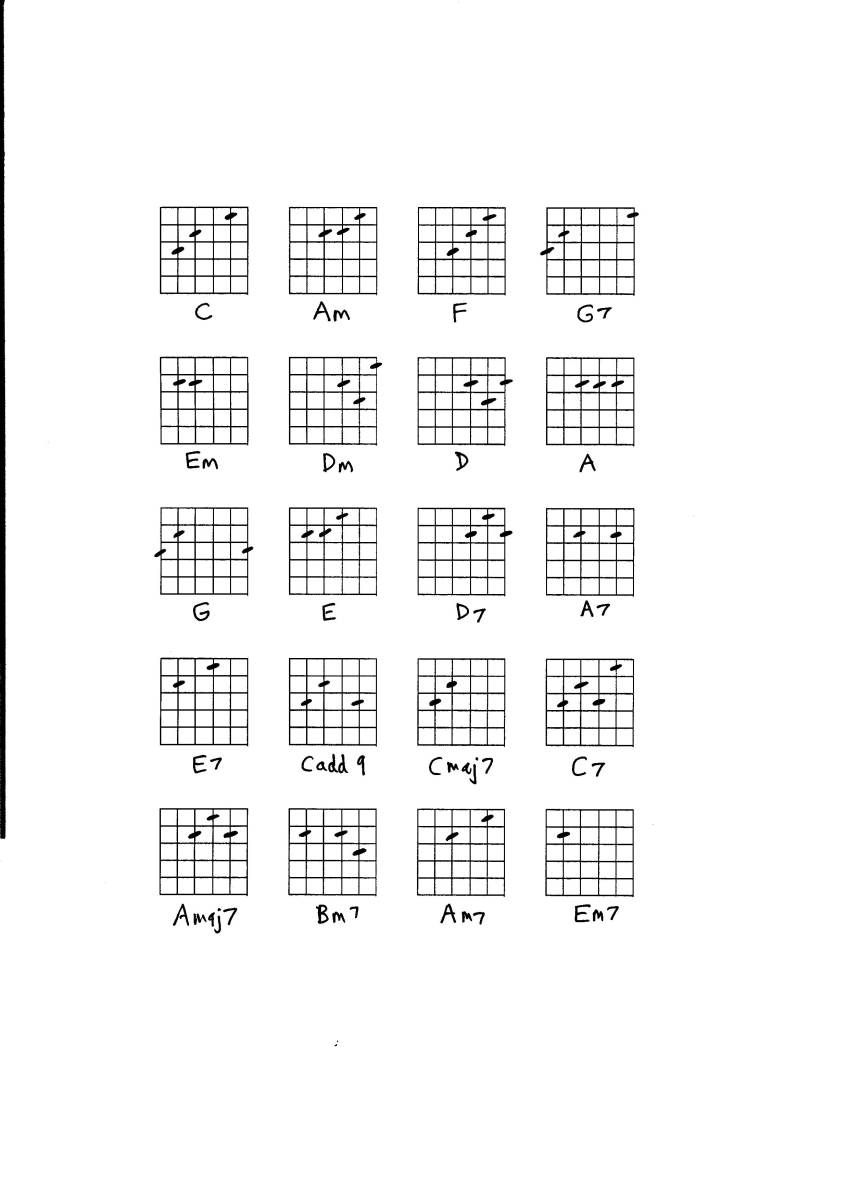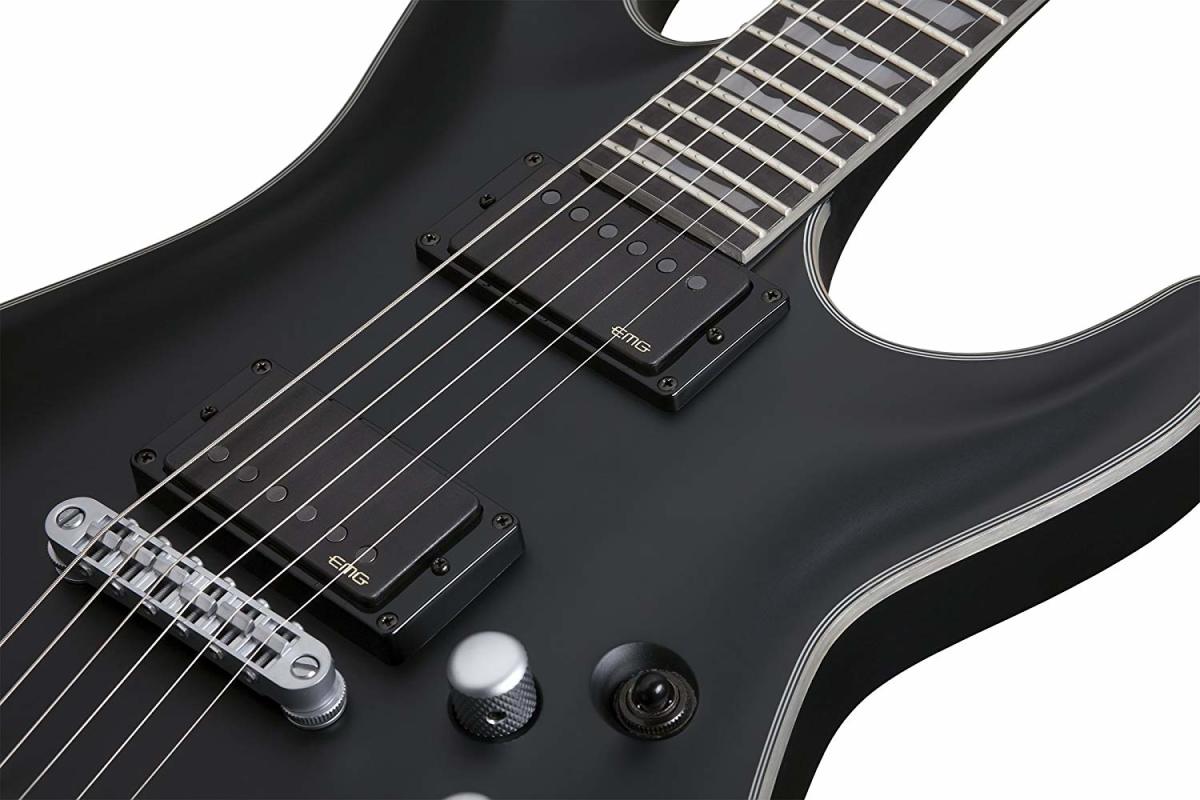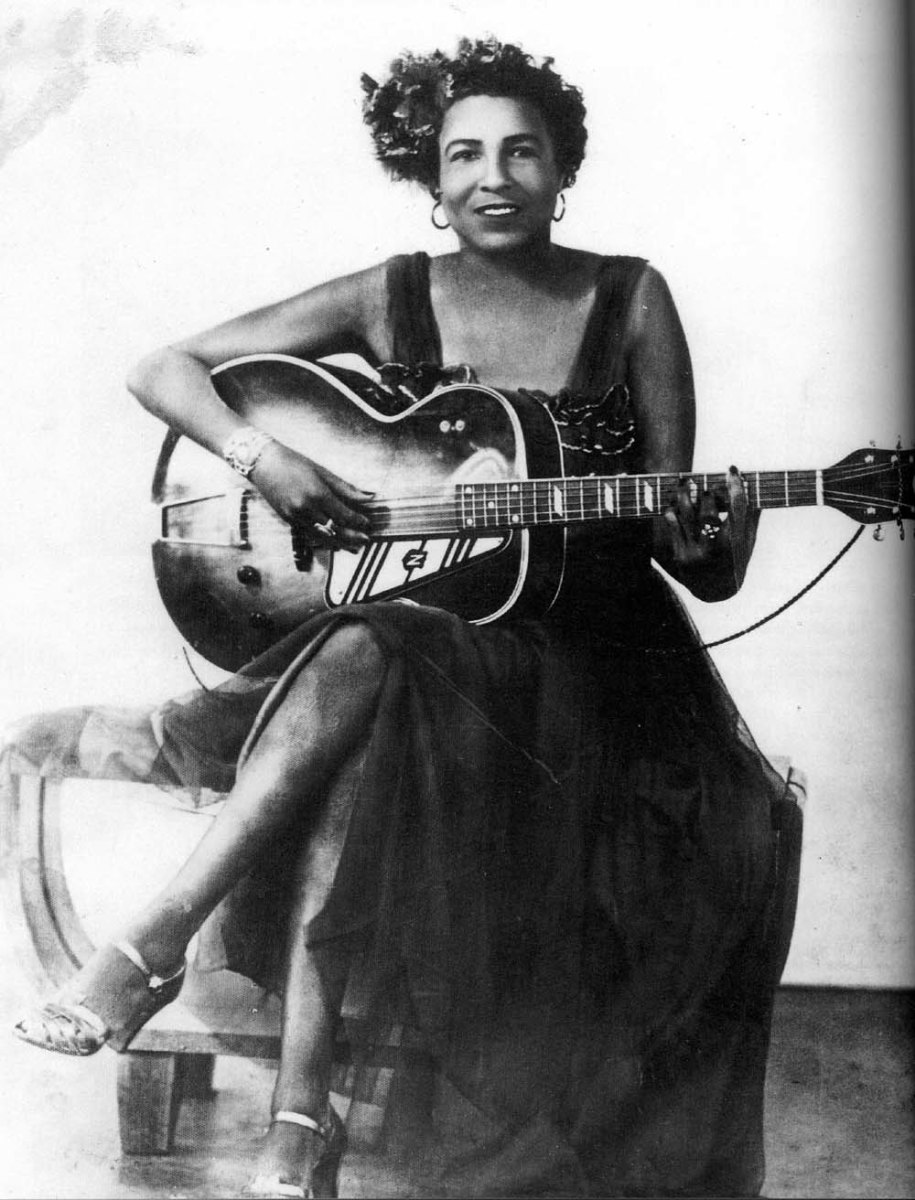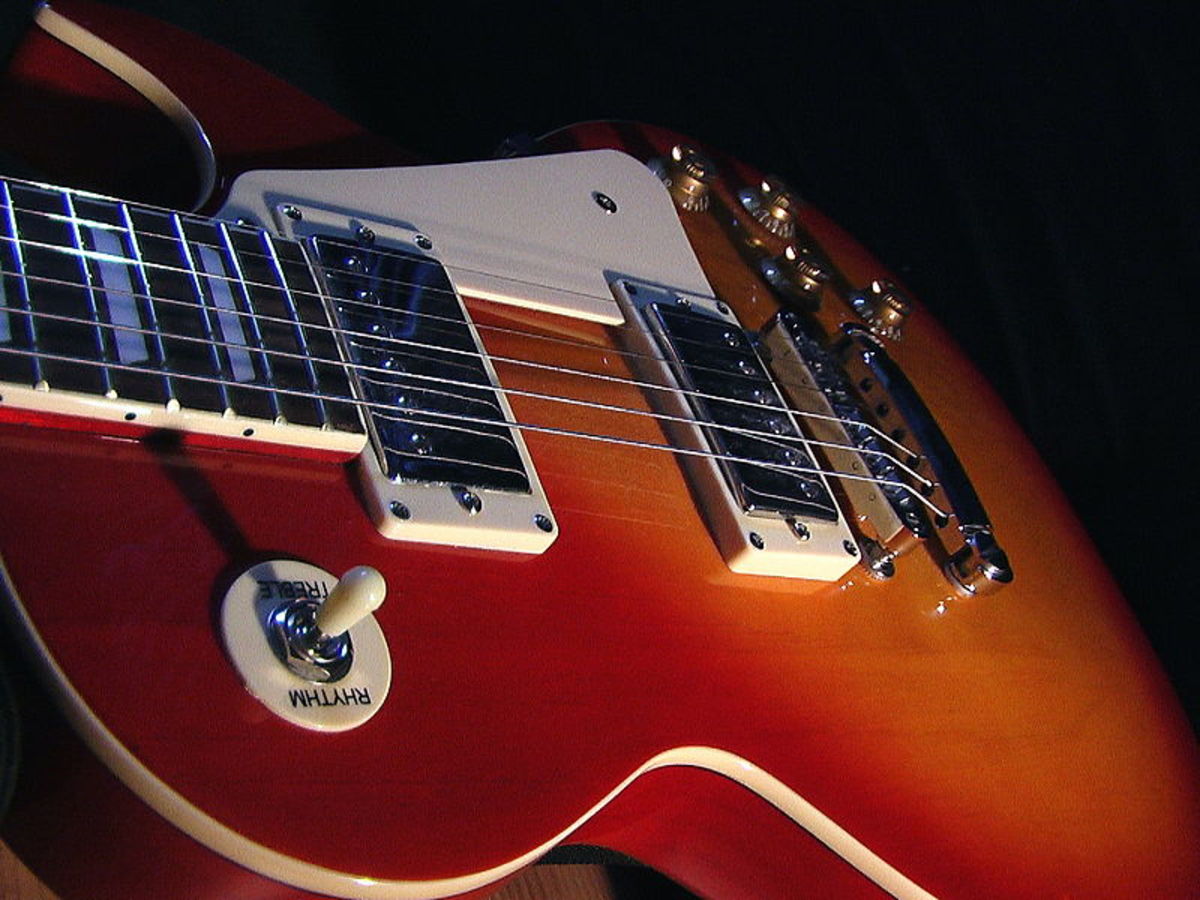Guitar Lesson: Chords in D
Chords in D lesson
D is one of the most widely used keys for guitar songs. This is because the chords in this key are bright and easy to play. Also, this is a good way to learn harmonised scales with a 4th string root, most often the ones people don't learn in my experience.
James Taylor and The Beatles tend to use this key a lot, sometimes with the low E string tuned down to D for a fuller bass sound. Copperline by JT is featured on one of my other hubs, and is in this key. It's a great song, and full of good ideas in the guitar part. Played in the key of D, but with a capo on fret 2 which takes it up to E.
Worth remembering that you can play almost any song in this key for a James Taylor vibe, and just use a capo to move to different keys.
Next steps
It's good to learn the ascending pattern of chords given here, but after that you can integrate some familiar first position chords - like A7 in first position, which is often more useful than the high voicing of A7 in the harmonised scale pattern.
Chord chart - key of D
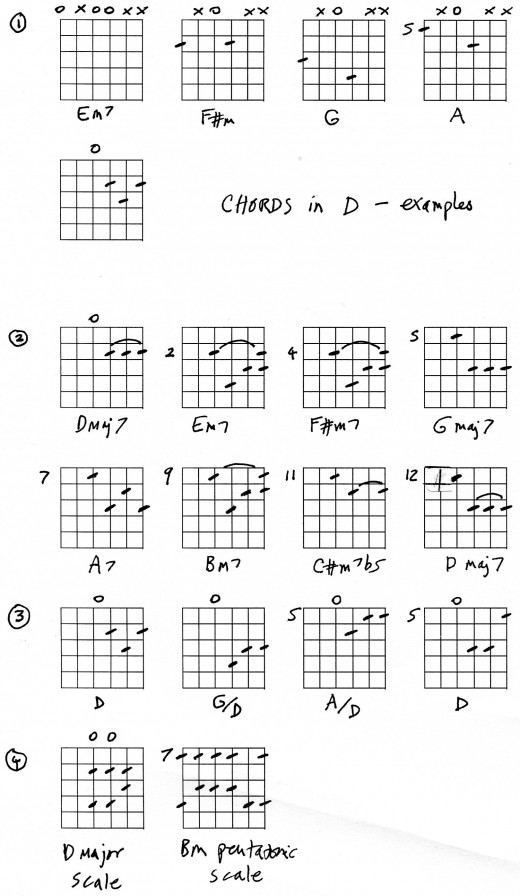
Chord examples
No.1 is a typical James Taylor style chord progression - the chords are fingerpicked, and rather than using all the possible notes of the chord, are stripped down to the essentials - which means they sound great. The 0 symbol means open string, the X means don't play this string. Note that the chord name is not exact, but it can be used as a substitute chord in this key.
The less-is-more principle really works for all styles of guitar playing. The Beatles tune Blackbird is a good example of this, although that's in the key of G.
No.2 is a harmonised scale in D, with added 7ths in each chord. Notice how chords 2,3 and 6 in the sequence are the same shape, a minor 7 shape. Admittedly, they are tricky to play.
A suggested fingering: first finger half-barre, then second finger does a partial barre on the top 2 strings. It's not as bad as it sounds. You could try your own fingering too.
No.3 is moving chords over a D bass note (open string 4)
Finally, No.4 gives you one way of playing a D major scale, and Bm pentatonic.
I've missed out a note on the diagram - fret 7 on string 2 should be there too. Both scales can be used to improvise with all the chords given here, or play the melody line in this key. Bm is the relative minor key to D, so they share most of the same notes and are strongly related. In the same way, Am is strongly related to C major, and all the same patterns work, just down 2 frets.
Harmonised scales
I'll describe the sequence in No.2 as a root 4 chord progression, meaning the root note of each chord is on string 4. There are also root 5 and root 6 scales, which I've covered in my earlier hubs.
If you look at the bass note for each chord, they are all built on the notes of a D major scale -
D E F sharp G A B C sharp D.
Note that the key signature has 2 sharps. You can decipher key signatures like this - the last sharp will be on the note one semitone below the name of the key. In this case, that will be a C sharp.
Once you have learned the pattern quite well, you can move to other keys - for instance (with a little adjustment to the first chord), up one fret would be Eb, up 2 frets would be E, up three frets would be F, and so on.
Endorsement from JS Bach
JS Bach thought the key of D was the voice of God. But then anything would sound like that on one of the huge cathedral organs he used to play.
It's certainly a very guitar-friendly key. You can increase the bass response of your guitar by tuning string 6 down to D.
If you are playing without a bass player, the dropped D tuning can make for a much fuller and more powerful sound. I'll use it for playing Norwegian Wood, Dear Prudence by The Beatles.

